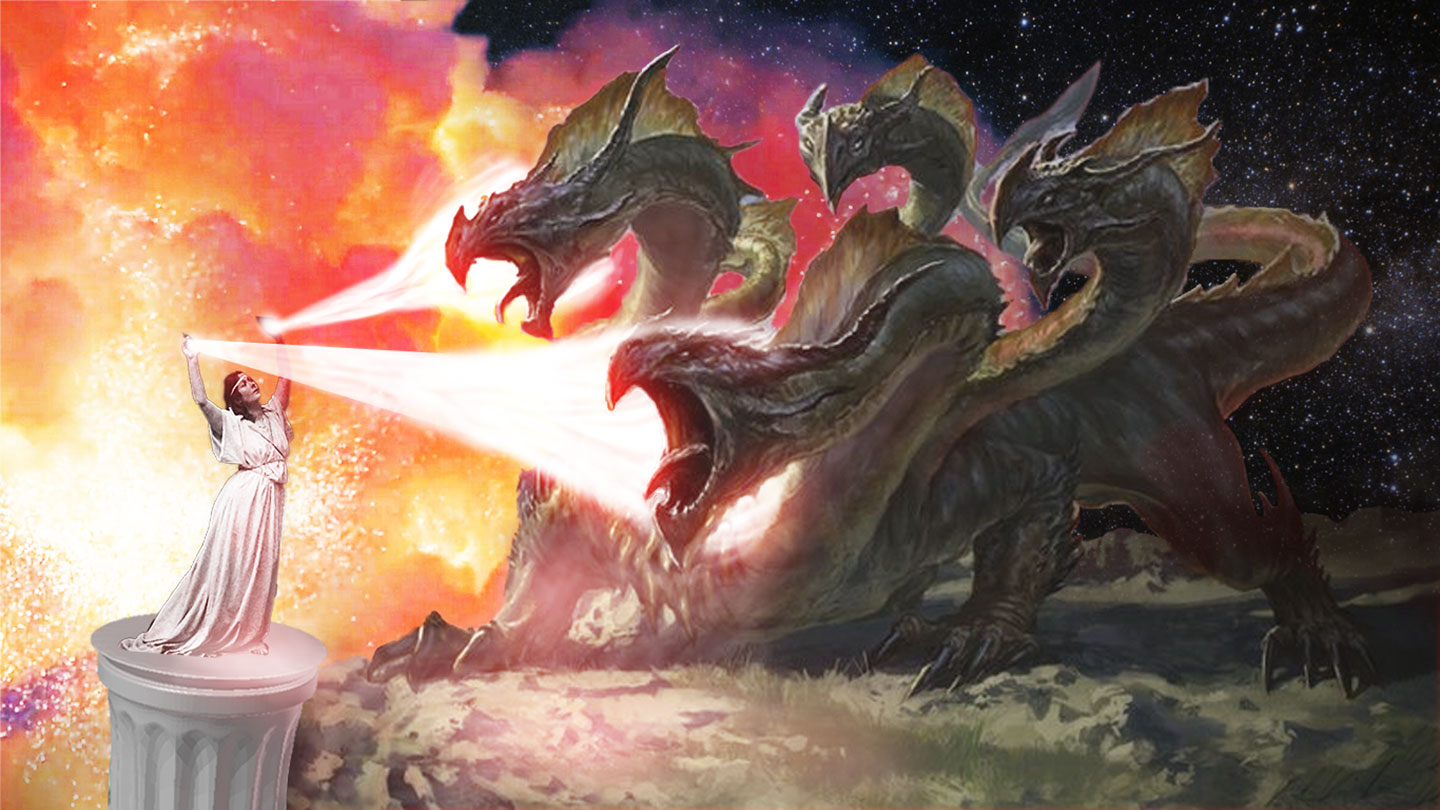See →.
bell hooks, “Theory as Liberatory Practice,” Yale Journal of Law and Feminism 4, no. (1991): 5.
Andrew Hewitt, Social Choreography: Ideology as Performance in Dance and Everyday Movement (Duke University Press, 2005), 45.
Silvia Federici, “In Praise of the Dancing Body,” Gods & Radicals, 2016 →.
Isadora Duncan, Écrits sur la Danse (Grenier, 1927).
Ann Daly, Done into Dance: Isadora Duncan in America (Wesleyan University Press, 1995), 197.
Isadora Duncan, “The Dancer of the Future,” in What is Dance?: Readings in Theory and Criticism, eds. Roger Copeland and Marshall Cohen (Oxford University Press, 1993), 262.
Zygmunt Bauman, Liquid Modernity (Polity Press, 2000), 6.
“Moreover, and this is the greater obstacle, the people are not yet ready to rule themselves. The revolution needs time.” Michael Hardt and Antonio Negri, Assembly (Oxford University Press, 2017), 5.
Mark Franko, Dancing Modernism / Performing Politics (Indiana University Press, 1995), 12.
Michael Hardt and Antonio Negri, The Multitude: War and Democracy in the Age of Empire (Penguin Press, 2014), xiv.
Bojana Kunst, The Participatory Politics of Dance (German Dance Platform, 2014).
Nancy Stark Smith, “The Underscore” →.
Bojana Cvejić, “How Open Are You Open? Pre-Sentiments, Pre-Conceptions, Pro-Jections,” Sarma, 2004 →.
See Extinction Studies: Stories of Time, Death and Generations, eds. Deborah Bird Rose, Thom van Dooren, and Matthew Chrulew (Columbia University Press, 2019), 202.
Emma Goldman, Living My Life, 1931 →.
Isadora Duncan, from a speech she delivered after a dance performance she gave in Boston in 1922. Duncan was not well received by audiences in her homeland due to her communist sympathies. These words were shouted by a bare-chested Duncan to the audience leaving the theater. The infamous show resulted in Duncan being banned from performing in Boston under the city’s decency law.
The Future Body at Work is an interdisciplinary score-based study practice initiated and run by Frida Sandström and Kasia Wolinska. It mobilizes ideas, theories, and practices centered on the body at work. Affirming the living body, a revolution of consciousness is initiated and the inherent sociality of the dancing body is reclaimed.
